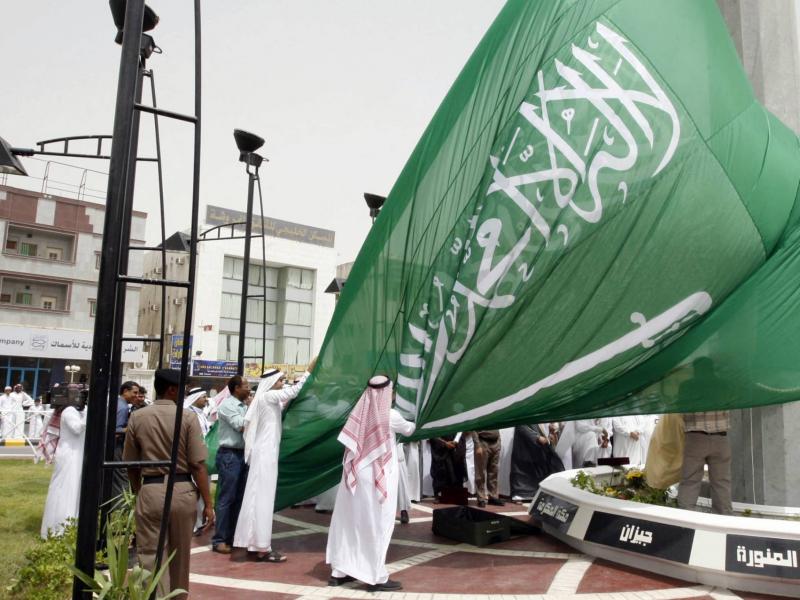Seventy years ago, King Saud bin Abdulaziz Al Saud visited Yemen in response to an invitation from his Yemeni counterpart, Imam Ahmad Hamid al-Din, from July 18 to 21, 1954, eight months after ascending to the throne (November 1953), succeeding his late father, King Abdulaziz. Imam Ahmad moved from his seat of power in the city of "Taiz," Yemen's second capital, to the capital Sana'a, which he had left due to its "coldness" after regaining the throne from his murdered father, Imam Yahya (March 1948). He entered Sana'a twice: first, standing to welcome the only Saudi king to visit Yemen, and the last time as a lifeless body to be buried (September 20, 1962).
The statement regarding the visit described the meeting of the two monarchs amidst a "spirit filled with brotherhood." However, tensions within the Yemeni ruling family escalated following the nomination of crown prince Muhammad al-Badr, which provoked objections from some of his uncles who aspired to that position. The Saudi monarch sought to quell the dispute at its root by holding "closed discussions between the two kings," according to Egyptian newspapers, and by meeting with opponents of the "crown prince."
The temporary resolution of the tensions came with King Saud's visit, which elevated the relationship between the two countries to a level that would prevent any external aggression against legitimate authority. King Saud expressed what he sensed during his visit, stating there was a "unity of hearts around Imam Ahmad and a gathering of the family and Yemeni people around the sovereign..." However, this "unity of hearts" did not last long. The Imam's frequent absences and illnesses became evident, as noted in a statement by his brother Abdullah, who assumed the imamate for one week amid another coup at the end of March 1955.
At the request of the Yemenis, King Saud renewed his efforts to stabilize the situation. It became clear that "Saudi Arabia is the most concerned Arab country regarding what happens within Yemen, due to proximity and shared basic conditions," according to an editorial in the newspaper "Al-Hayat" penned by Kamel Marwa, who added, "We deceive ourselves if we think stability is possible in this wandering state, as it possesses none of its prerequisites." He described how "the tenth century prevailed in Taiz and Sana'a in the middle of the twentieth century." In his editorial titled "Why Shouldn't Saudi Arabia Unify with Yemen?" in April 1955, the martyr Marwa proposed "creating a form of union in economic, financial, and military matters, which might serve as the best guarantee for stability in Yemen."
However, establishing that union was not straightforward, as the specter of political turmoil and fractures loomed over the Yemeni horizon due to purely internal factors related to the nature and management of an environment that attracts chaos and repels order. In addition to a reliance on "hollow independence," describing the era of the imams, there were "remnants of a backward past in their minds..." and a "muted feeling..." towards their surroundings, according to one report by Yemeni liberals in 1954.
Collectively, these factors made Imam Ahmad during that historic visit pretend to be "determined to uplift the country and undertake scientific, architectural, and economic projects, and open doors for foreign investments in its natural wealth to join the ranks of nations advancing in the course of life," according to his Saudi counterpart's statement; but nothing significant occurred. At that time, King Saud issued a message: "The continued state of affairs in Yemen in its current form cannot be acceptable to anyone."
The situation in Yemen cannot remain as it is, as it continuously moves forward in the course of transformations from phase to phase. The Saudi neighbor extends a helping hand for the development and reconstruction of Yemen "based on the accord between the neighboring countries and the fraternal peoples," keen on "their elevation and welfare" together, regardless of what happens and is said... and much has happened and been said, and still continues after seventy years.




